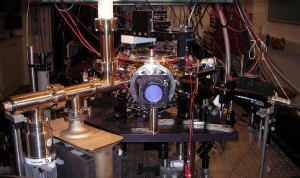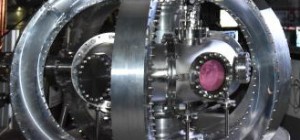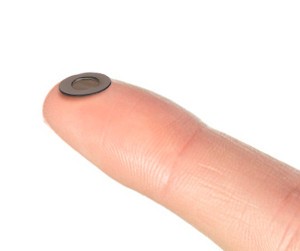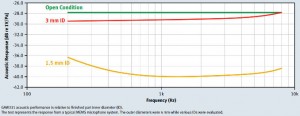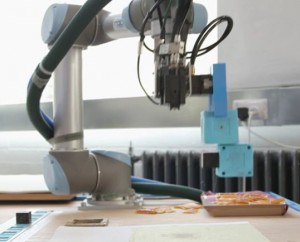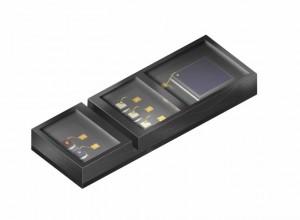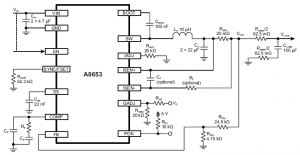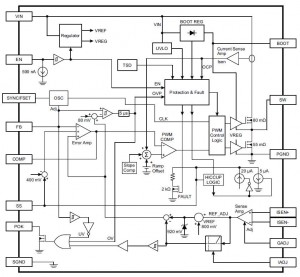University of Southampton researchers have used ‘matter waves’ to cool molecules that cannot be handled by conventional laser methods.
It is the first demonstration based on a technique proposed in 2000 by Martin Weitz and Ted Hänsch.
Ultra-cold atoms are used in physics research, atomic clocks, and potentially in quantum computers.
Currently, atoms are cooled from room temperature to near absolute zero by preferential scattering of laser photons from the moving particle, which slows it. This requires a favourable electronic structure and is limited to a small fraction of atomic elements and a few diatomic molecules.
“There is a great push to extend ultra-cold physics to the rest of the periodic table to explore a wealth of fundamental processes and develop new technologies,” said Southampton physicist Dr Alex Dunning. “Our technique, should we succeed in extending it to Weitz and Hänsch’s complete scheme, would be sort of a catch-all, that’s why this is exciting, even though our actual experiment just uses atoms.”
In the demonstration, the team took an already-cold Rubidium down close to the fundamental temperature limit of laser cooling.
The same atom is both the matter waves, said Southampton, as it is placed into a superposition of states by a laser pulse and travels simultaneously along two paths, which interfere at a later time.
Impulse imparted to the atom depends on how the difference in energy along the two paths compares with the energy of the laser photons, where the atom’s energy is formed of potential (internal electron configuration) and kinetic (external motion) parts.
“The clever trick behind Weitz and Hänsch’s scheme is to make the laser interact with the atoms in such a manner as to remove the dependence on the potential energy, and thus the internal electronic structure, leaving the interference based solely on the kinetic energy of the particle,” said the university.
“To move on to other atoms and molecules will require more powerful lasers with shorter pulses, of the type used in coherent control chemistry, so the future of this method is very promising,” said group leader Dr Tim Freegarde.
The work is described in Physical Review Letters in ‘Interferometric laser cooling of atomic rubidium‘.
Photo: End-on view of the vacuum chamber, showing ion vacuum pump to the left, and photomultiplier tube and light collection lenses to the right.

